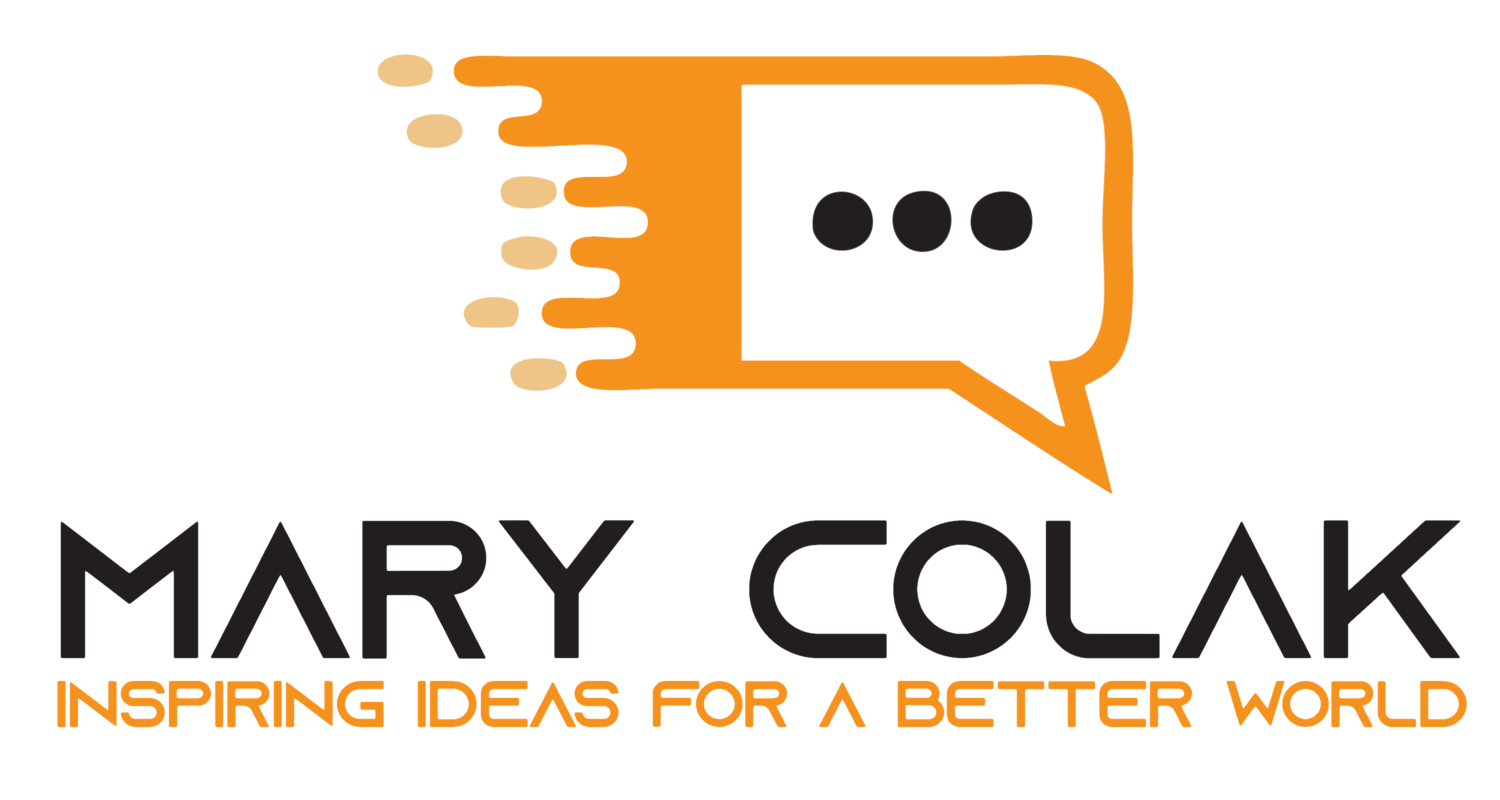Productivity: What’s in it for You?
Productivity is a term that resonates deeply in personal and professional spheres of life. It is the key to achieving goals, realizing ambitions, and, ultimately, leading a fulfilling life. This article delves into why productivity is crucial for individuals and organizations. It explores three practical ways you and your organization can incorporate productivity into your daily routines.
Productivity measures how efficiently one uses resources, such as time and effort, to achieve a specific objective. For individuals, productivity is making the most of their time—a finite and irreplaceable resource. Time becomes a luxury as our world speeds up, so being productive becomes essential. It allows individuals to balance work, personal life, and leisure, fostering a healthier, less stressful lifestyle. Moreover, productivity empowers individuals to pursue their passions and hobbies, leading to a more fulfilling and purpose-driven life.
Undoubtedly, productivity is also the cornerstone of success for organizations. It directly affects an organization’s profitability, competitiveness, and overall sustainability. A productive workforce translates into cost-effective operations and efficient delivery of products and services. Furthermore, there is a close link between productivity, employee satisfaction, and morale. Employees who feel that their efforts contribute to the organization’s success are more engaged and motivated. This enhanced satisfaction reduces turnover rates and boosts the organization’s reputation, making it an attractive workplace.
With these superb benefits from productivity, how can individuals and organizations boost their productivity? Here are three ways that you can start incorporating productivity into your routines.
Effective Time Management. Time management is the foundation of productivity. Individuals can start by setting clear goals and prioritizing tasks. Use techniques such as the “Eisenhower Matrix” (more generally, the time management matrix – check out my book on time management). This matrix categorizes tasks into four quadrants based on urgency and importance, helping individuals focus on what truly matters. In addition, organizations can promote time management by providing employees with tools and training to improve their time management skills. Implementing project management software can also help streamline workflow and enhance team collaboration.
Continuous Learning and Skill Development. As our world changes rapidly, staying productive requires constant learning and skill development. One way to stay relevant in your field is to dedicate time to acquiring new skills and knowledge, ensuring you remain competitive in the job market. Organizations can support this by offering employees training and development programs that foster a culture of lifelong learning. Organizations can boost productivity and attract and retain top talent by investing in their employees’ growth.
Work-Life Balance and Well-being. Productivity should not come at the expense of well-being. Individuals and organizations should prioritize work-life balance and employee well-being. Individuals can practice mindfulness, exercise regularly, and set boundaries to prevent burnout. Organizations can offer flexible work arrangements, mental health support, and wellness programs. A healthy and happy workforce is more productive and innovative, contributing positively to an organization’s success.
In any of these suggestions, don’t overdo it, but don’t shirk on trying your best to achieve productivity goals. My philosophy is that whatever you do or attempt to do in life, you will get out of it what you put into it—your systematic and dedicated effort to a worthwhile endeavor will pay off in spades.
Thus, productivity plays a pivotal role in our lives and the success of organizations. It enables us to lead fulfilling lives while achieving our goals, and it is the lifeblood of organizations, driving profitability and growth. Embracing productivity is not just a choice but a path to a brighter, more prosperous future for individuals and organizations alike.
